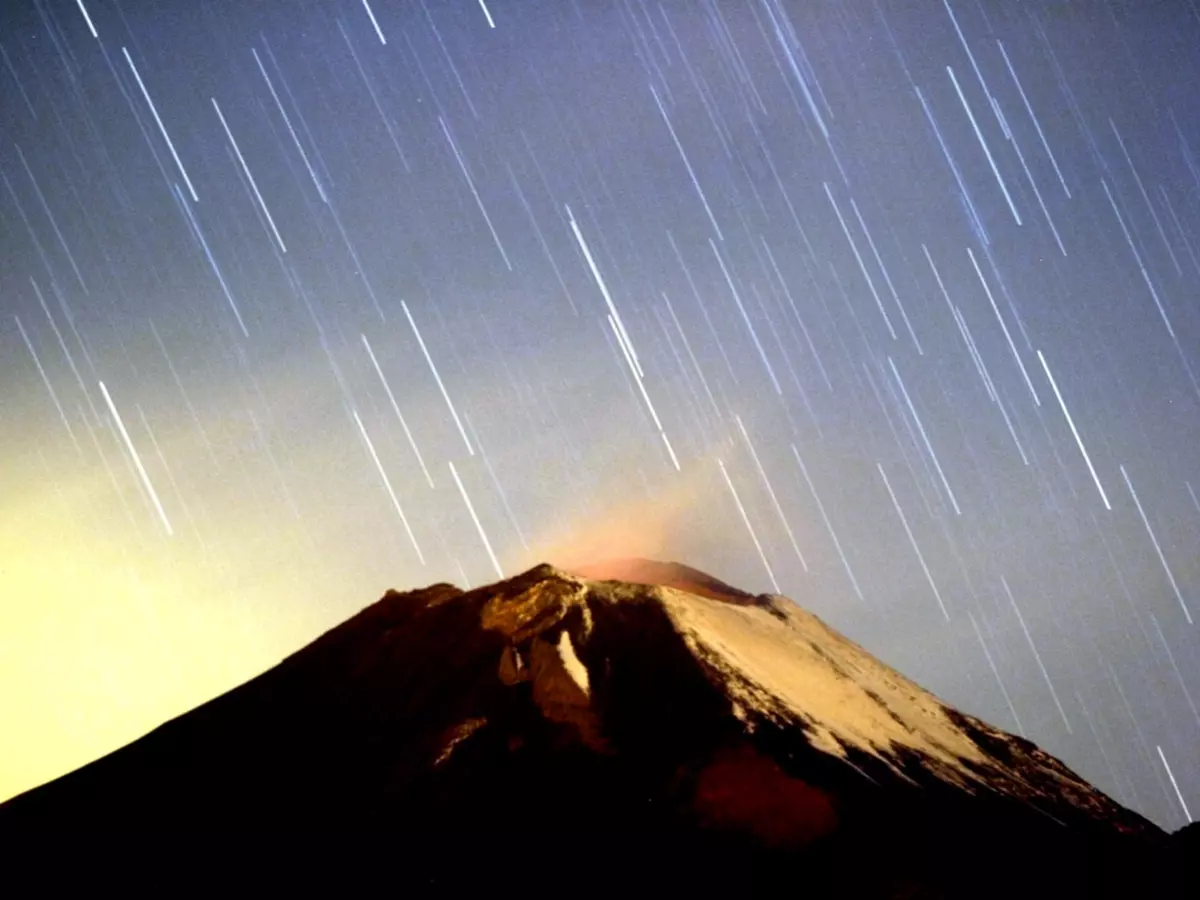Taurid Meteor Shower Be At Its Peak This Week, With Possibly 10 To 15 Meteors To Watch Every Hour
The Taurid meteor shower will be at its peak from November 5 to November 12 before waning off completely on November 27. The meteors are believed to be the debris left behind by Enckes Comet or a larger comet that resulted in the debris.

The ongoing week holds a treat for sky gazers as some lucky ones who look at a clear night sky might just be able to catch a glimpse of a bright meteor. If you manage spot one, know that the meteor is a part of the Taurid meteor shower.
Considered to be the longest lasting meteor shower amongst all, Taurid meteors have been appearing on the Earth¡¯s night sky since around October 21. A new report by Space.com highlights that the meteor shower will be at its peak from November 5 to November 12, before waning off completely on November 27.
For those unaware, Taurid meteor showers get their name from the constellation Taurus (the Bull). The meteors appear to radiate from the constellation, moving slowly as bright yellowish-orange flames in the sky.
 Meteor Shower (Representative Image: Reuters)
Meteor Shower (Representative Image: Reuters)
These meteors are believed to be the debris left behind by Encke's Comet, or a larger comet that resulted in the debris and the Encke's Comet.
Meteor Shower 2020
The Taurid meteor shower has not been at its visible best this year due to the brilliant moon prevailing in the night skies. The moon turned full on Halloween night, a term that is called the "Blue Moon." Since then, it has been waning and will be in its last quarter starting Sunday, November 8.
Those interested in seeing the meteor shower can gaze up at the sky before the moon comes up above the horizon to possibly catch about 10 to 15 meteors per hour. Interestingly, the Taurid shower contains noticeably larger meteors than those shed by other comets. In case you manage to spot an unusually bright one, known that it is called a "fireball."
